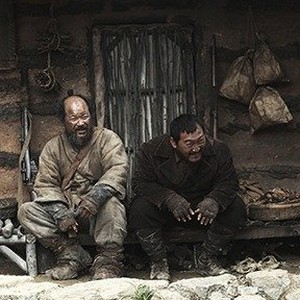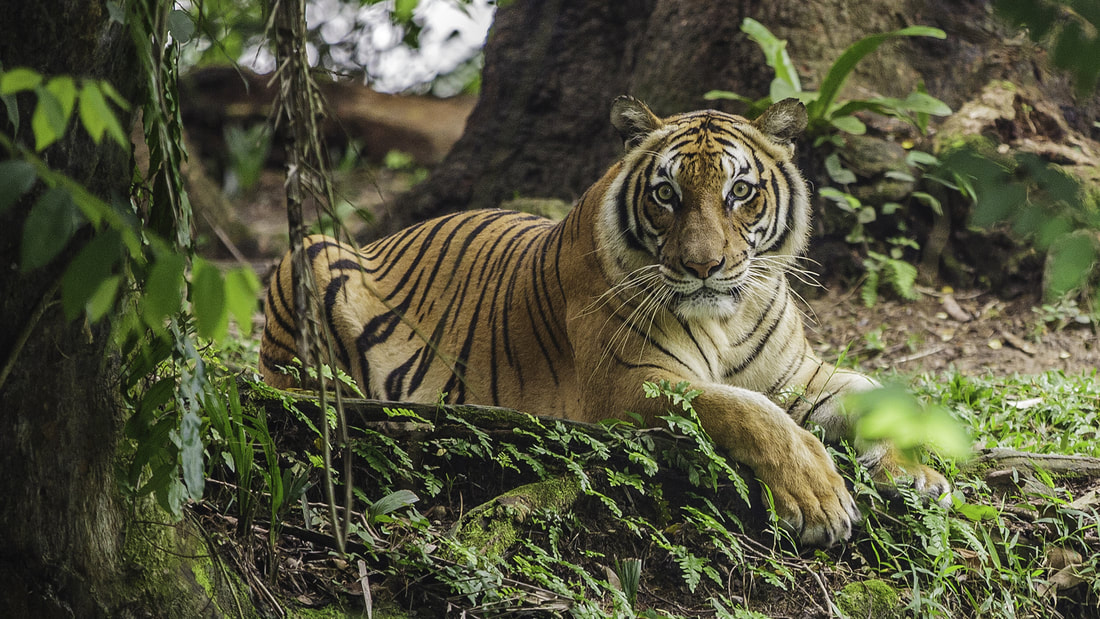
“We went there for the isolation,” Police drummer Stewart Copeland says of the Synchronicity sessions. By far the most entertaining part of the very engaging documentary involves The Police, who made their final two albums there under varying levels of acrimony. This documentary mainly focuses on the music that was made there, featuring rare in-the-studio footage and new interviews many of the biggest names to record there, including Elton, Duran Duran, Ultravox's Midge Ure, The Rolling Stones, Jimmy Buffett and more.


The damage to AIR was irreparable and Martin decided 10 years was enough, and closed shop, The island continued to hold a place in his heart, though, and when it's dormant Soufrière Hills volcano erupted in 1997, Martin organized relief efforts. Just after The Rolling Stones finished work on their 1989 album, Steel Wheels, Montserrat hit by Hurricane Hugo which destroyed 90% of the island's structures.

Gracie Otto's documentary, Under the Volcano, opens with eerie shots of AIR now, abandoned for 30 years, with creeping vegetation infiltrating the studio rooms, the abandoned pool and the rest of the facility. Among the famous records made there: Dire Straits' Brothers in Arms, The Police's Ghost in the Machine and Synchronicity, Duran Duran's Seven And The Ragged Tiger, Elton John's Too Low For Zero, OMD's Junk Culture, and Rush's Power Windows. įamed Beatles producer George Martin opened AIR Studios on the Caribbean island of Montserrat in 1979, offering a state-of-the-art recording as well as an idyllic escape from other distractions that would allow big-name artists to focus on the music, while getting in a little beach time, too. If you assumed Billie's rise to fame has been all glamour and glory, this doc suggests that is not the case at all. Outside of the music, the film gets into some of Billie's personal struggles, including how chronic leg pain has affected her ability to perform. The footage of them writing and recording in their bedroom gives you a great look at the genuinely organic way that Billie's music comes together, and the live footage is terrific, too. Billie is portrayed as a Kurt Cobain-like figure, uncomfortable with fame and uninterested in her record label's request for a radio-friendly hit, while her brother/collaborator Finneas seems to be a little more accepting of the "industry" side of things - they balance each other out well. Cutler-directed Billie Eilish: The World's a Little Blurry gives you a fascinating behind-the-scenes look at her rise, from Billie's Soundcloud days to sweeping the Grammys and performing at massive venues. It feels like a truly monumental moment in music history, and this year's R.J. But we don’t need to warm to the characters to be enthralled by this compulsively watchable class parable.Billie Eilish: The World's a Little Blurry ( Apple TV)īillie Eilish has had one of the most meteoric rises of any pop singer in recent memory, and it's been even longer since an artist blew up like this and can accurately be called "alternative," as Billie can. In contrast to the empathic embrace of Bahrani’s early films ( Man Push Cart Chop Shop), this is harder, more cynical. When Balram is betrayed by his employers, his ingratiating smile curdles, and generations-worth of suppressed anger finally erupts.

Spotting an opportunity, he learns to drive, masters the flattery that the upper classes expect from their servants, and inveigles himself into a driving job for Ashok (Rajkummar Rao).īalram brings total loyalty to his urbane, US-educated new boss. The narrator is Balram (Adarsh Gourav, excellent in a slippery, hard-to-like role) he’s smart and ambitious, but destined to work on his family’s tea stand. Although it leans heavily on narration, the film’s skittish cinematography brings texture to the backdrop and a satisfying depth to the characters. Nor should it be: it’s a full-blooded assault on a rigged system designed to keep the privileged in their lofty place and the poor on the streets far below.
THE TIGER HUNTER TRAILER VIMEO DRIVER
The story of a poor but wily driver who claws his way out of the cage created by caste and servitude to become a success story in the new India, it’s not subtle in approach. P owered by a surging, impatient energy and a bracing undercurrent of spite, Ramin Bahrani’s version of Aravind Adiga’s 2008 Booker prize-winning novel is one of the more successful literary adaptations of recent years.


 0 kommentar(er)
0 kommentar(er)
